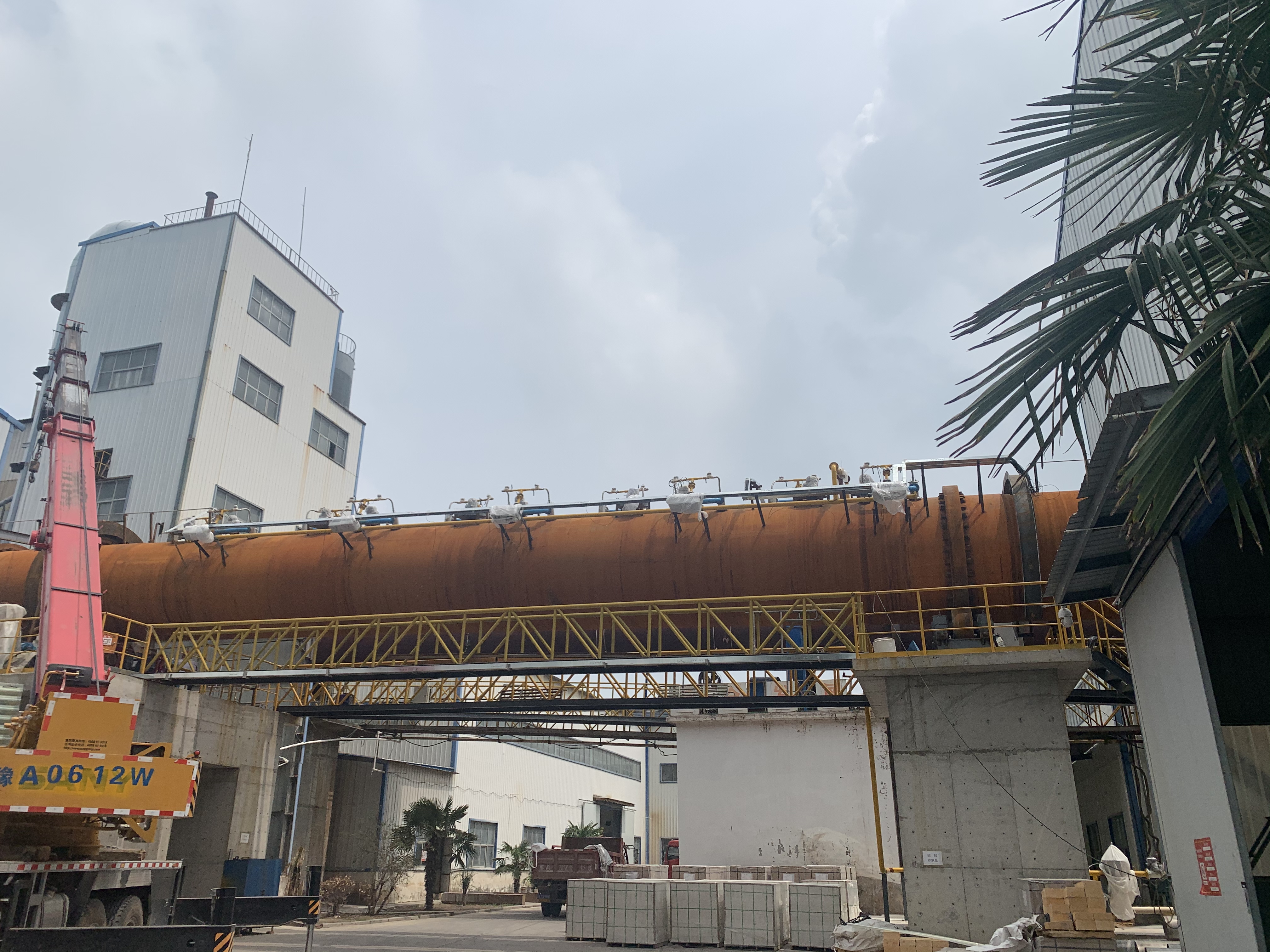The Structure And Working Principles of The Rotary Kiln
The rotary kiln is just another name for rotary kiln equipment. The rotary kiln can burn many different materials, and it is common roasting equipment. And now, to control the quality of finished clinker, automatic control devices are used. So that a large amount of raw material can be processed with lower energy consumption and the quality of equipment calcination can also be improved. The equipment can strengthen energy conservation while firing high-quality clinker, which can achieve the goal of high yield and low energy. The addition of an automatic control device can reduce the labor cost of the rotary kiln equipment, so what are the structure and working principles of the rotary kiln equipment. Consider the following analysis:
1. There are chemical and physical reactions inside the rotary kiln. The calcination stages are divided into three parts: preheating stage, calcination stage, and cooling stage. When calcining limestone, the heat between the material and the calcining belt in the area of the rotary kiln exchanges back and forth. So that the moisture of the raw material is evaporated. Under the condition of uneven heating, the volume expands, and the ultimate compressive strength decreases. When the internal temperature reaches 700 degrees Celsius, it enters the calcining zone.
2. The calcining zone is in the middle of the rotary kiln. When the material enters this area, the fuel starts to burn under the combustion-supporting condition of the blower. So the temperature in the kiln will slowly rise when a lot of heat is released. While the temperature reaches a certain range, it is necessary to carry out temperature control treatment. For example, the decomposition rate of limestone and the gas generated in this case will be relatively large, which is beneficial to the calcination of raw material into clinker. The generated gas is discharged under the drive of the airflow. Then the clinker begins to enter the cooling zone at this time
3. The cooling zone is in the lower part of the kiln body of the rotary kiln. At this time, the residual clinker will not be decomposed in this area. At the same time, the calcined material can be cooled. The relative position of each part is also relatively stable. It must be operated according to changes in raw materials and fuel conditions. After cooling inside the kiln body, the materials can be better utilized.
Edit by: Jenny Lee
Mob/wechat: +8618236419607
Email: Jenny@yfml.com
Post time: Nov-18-2021







